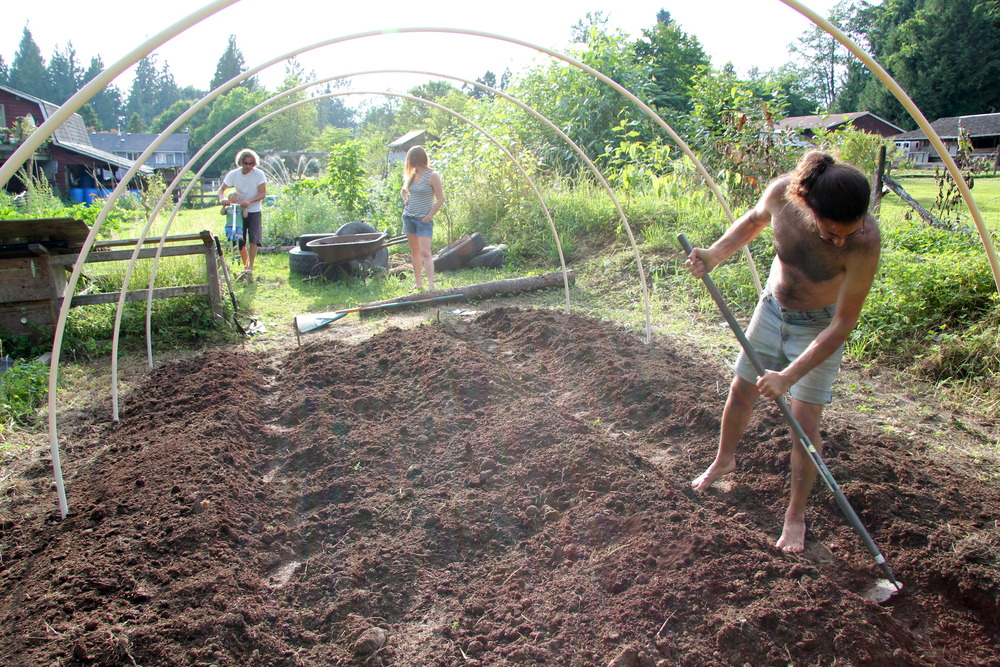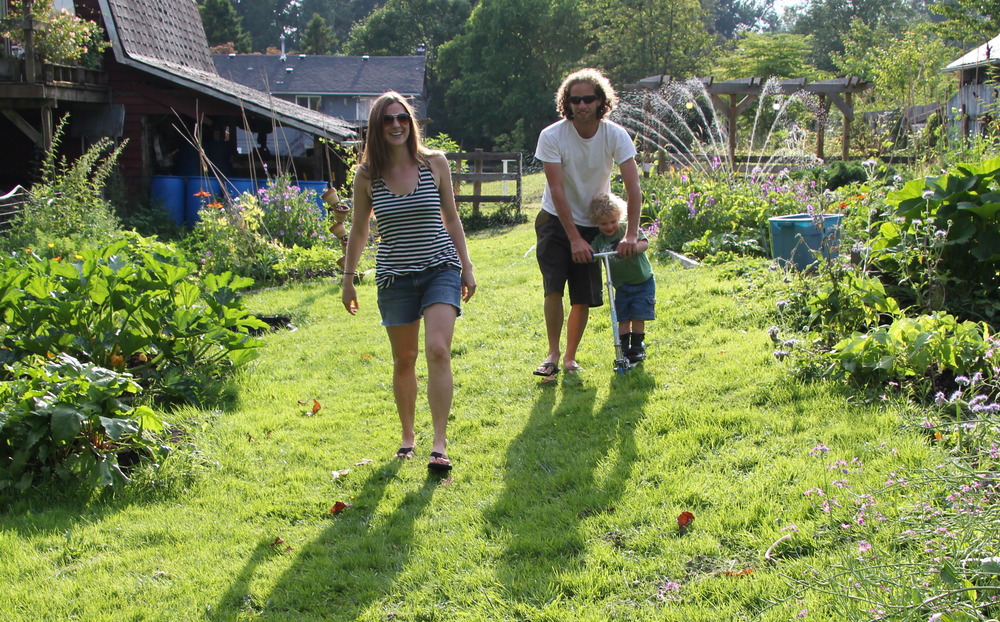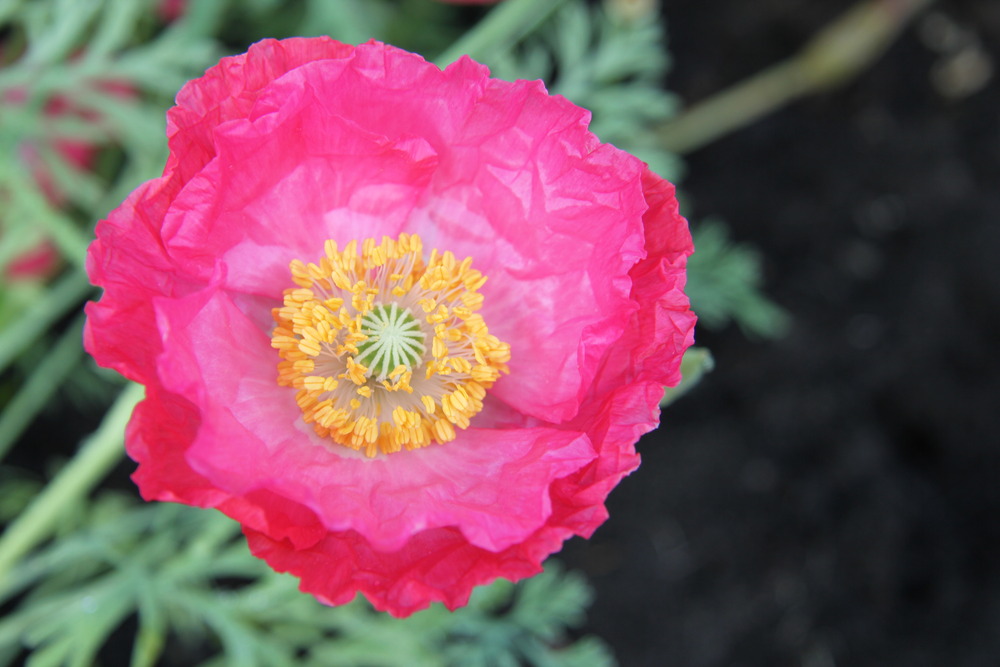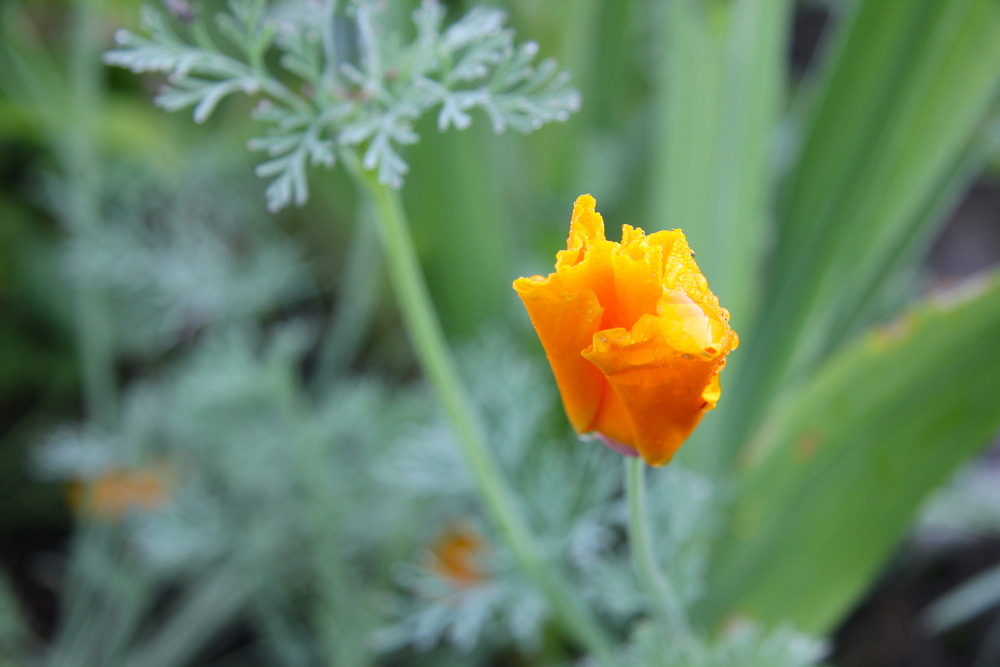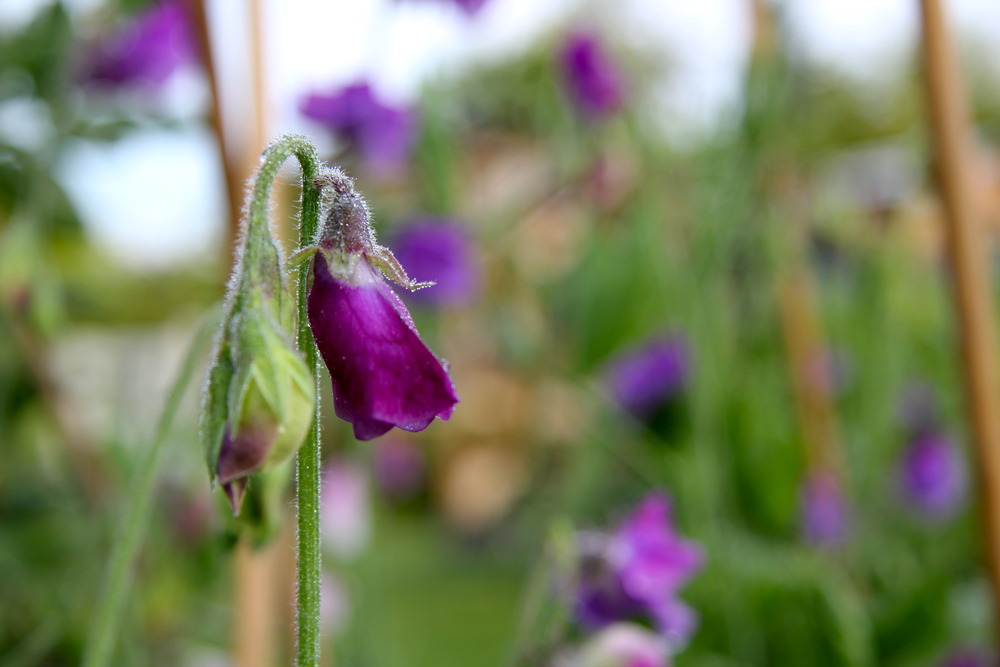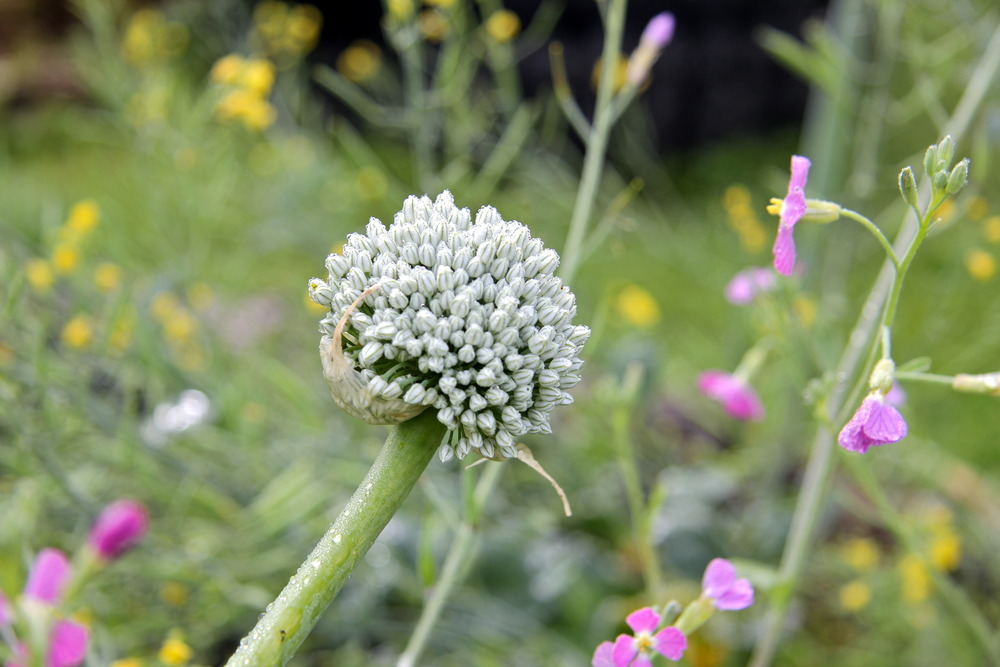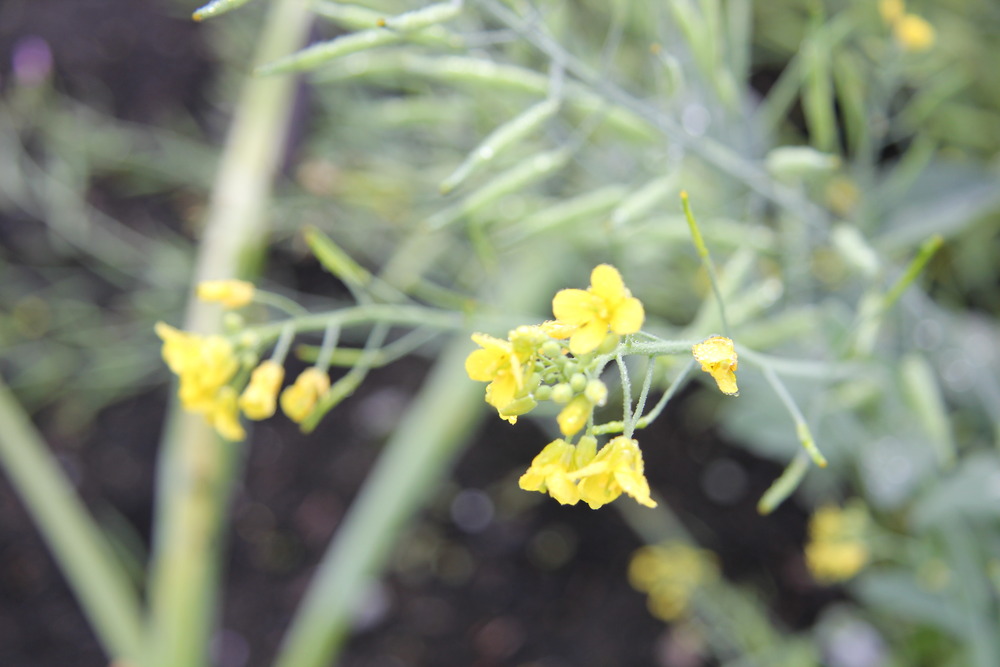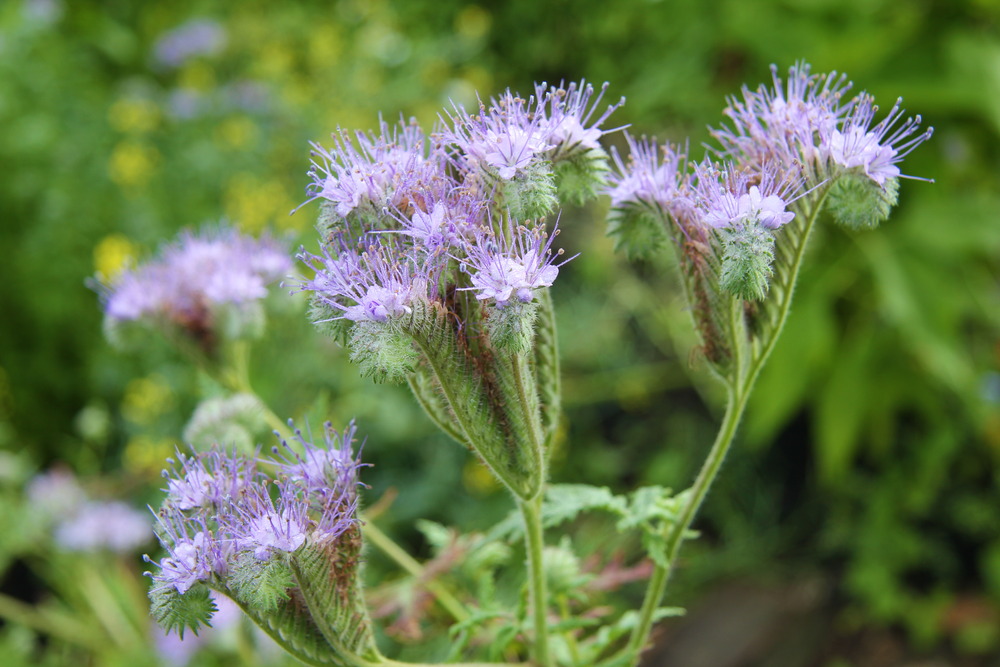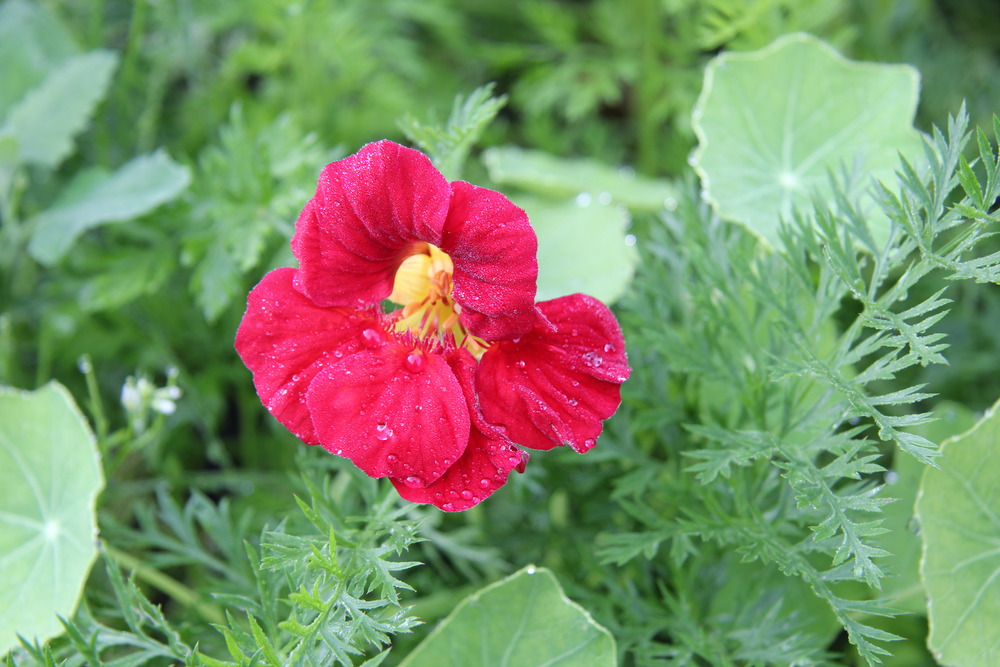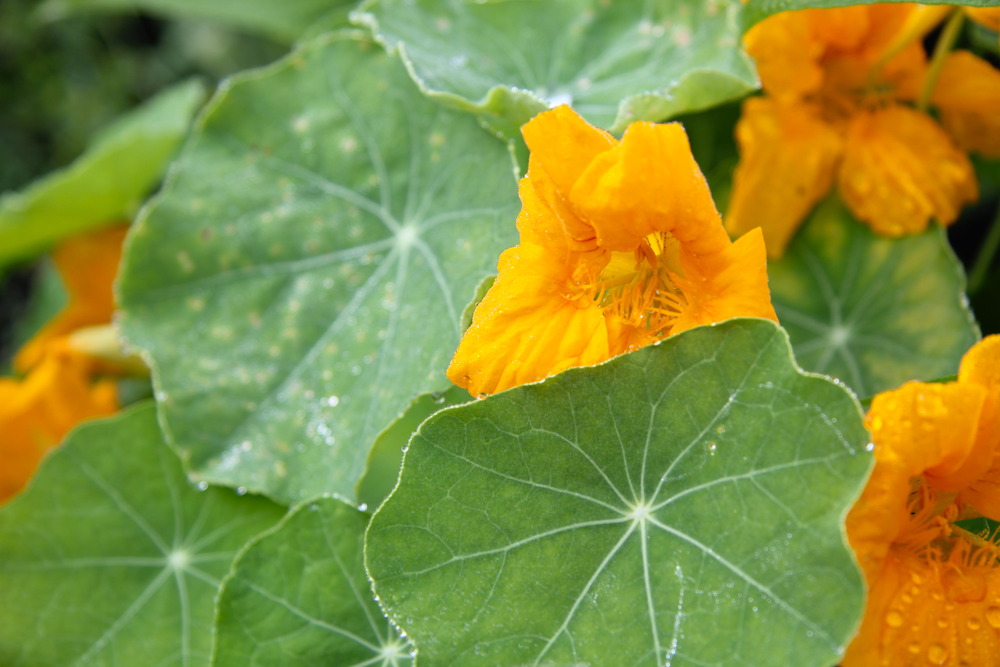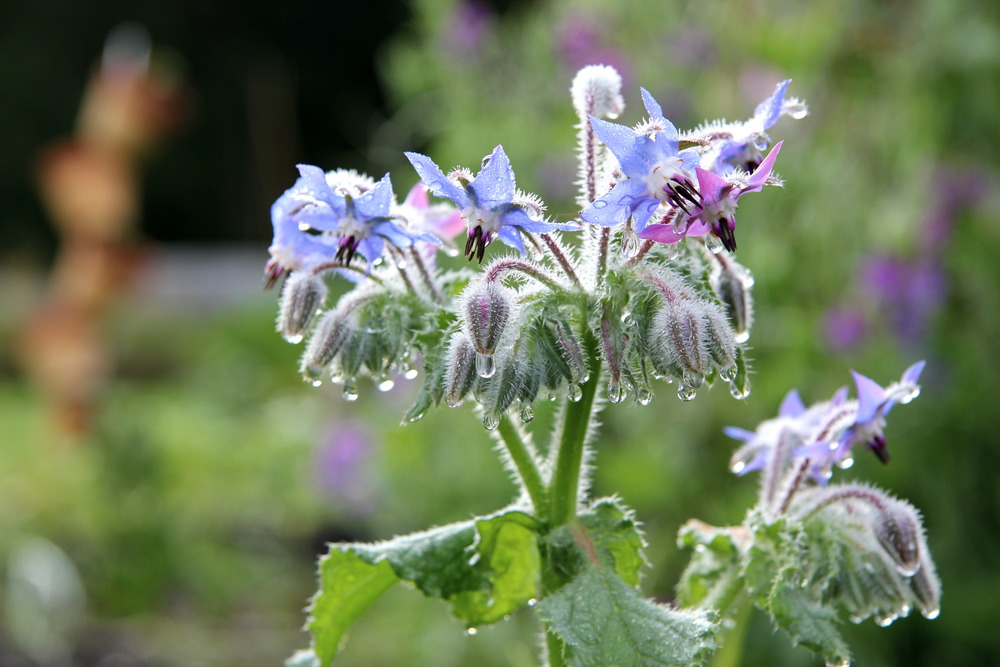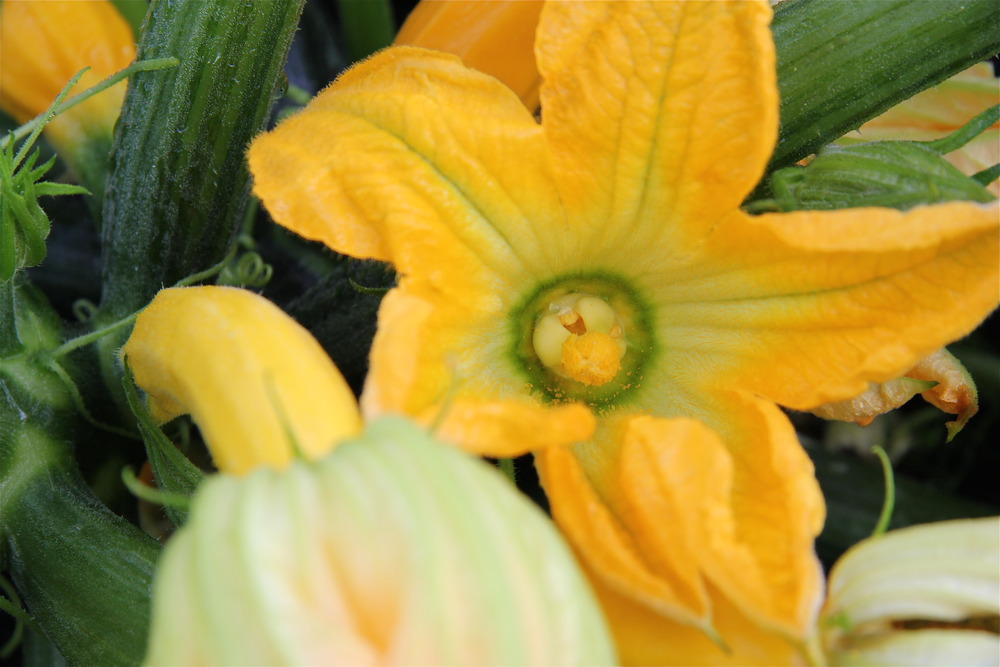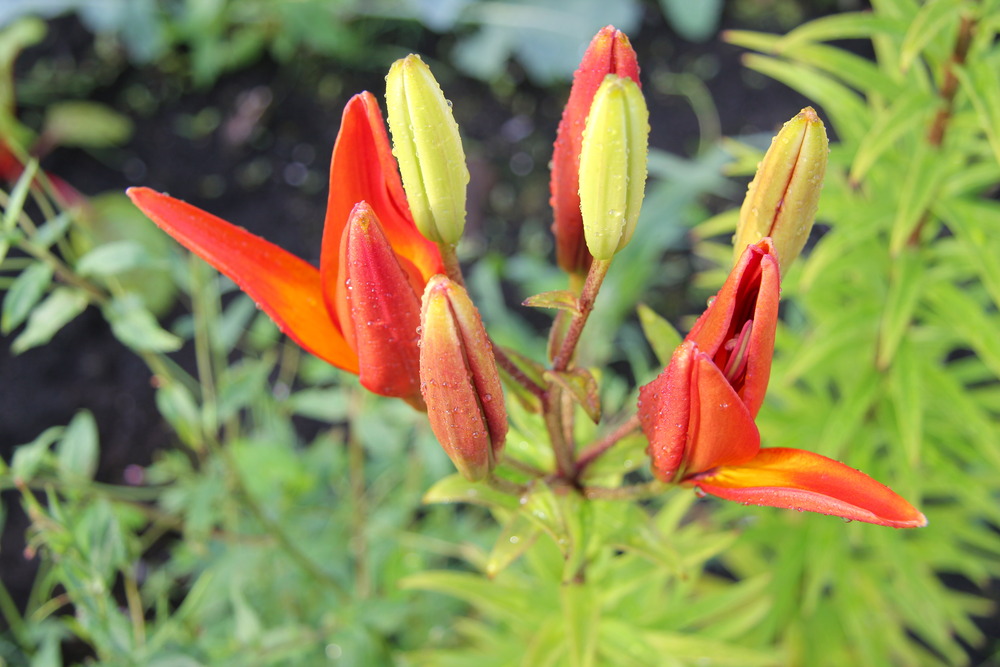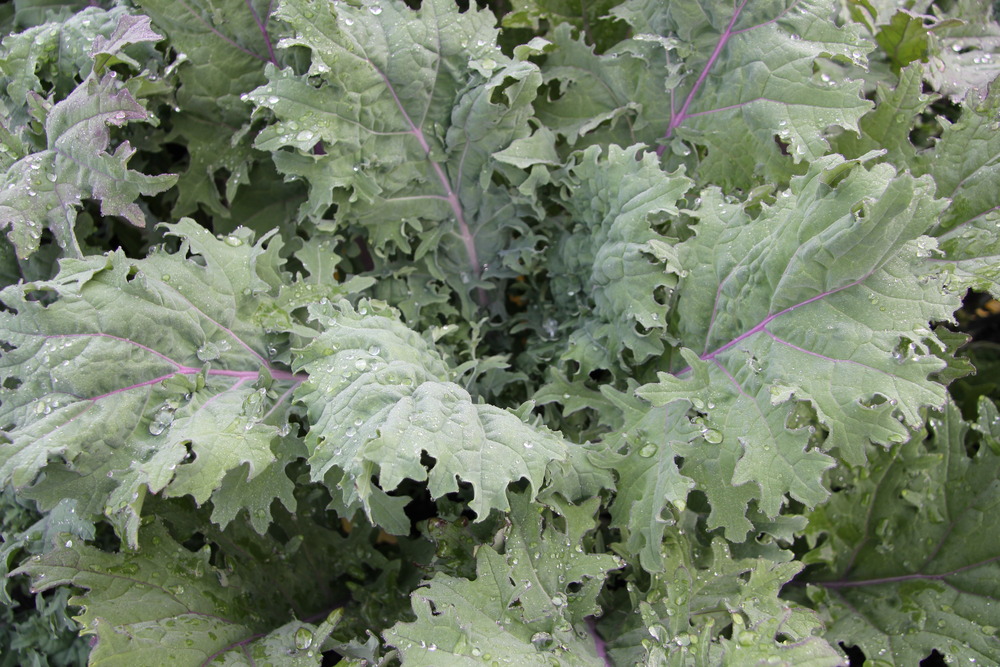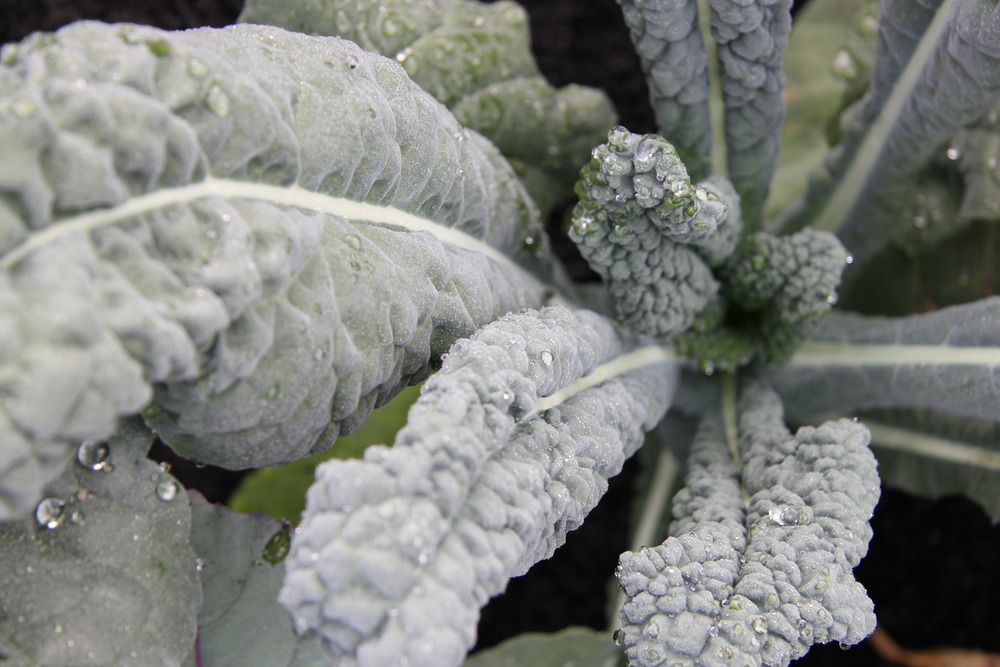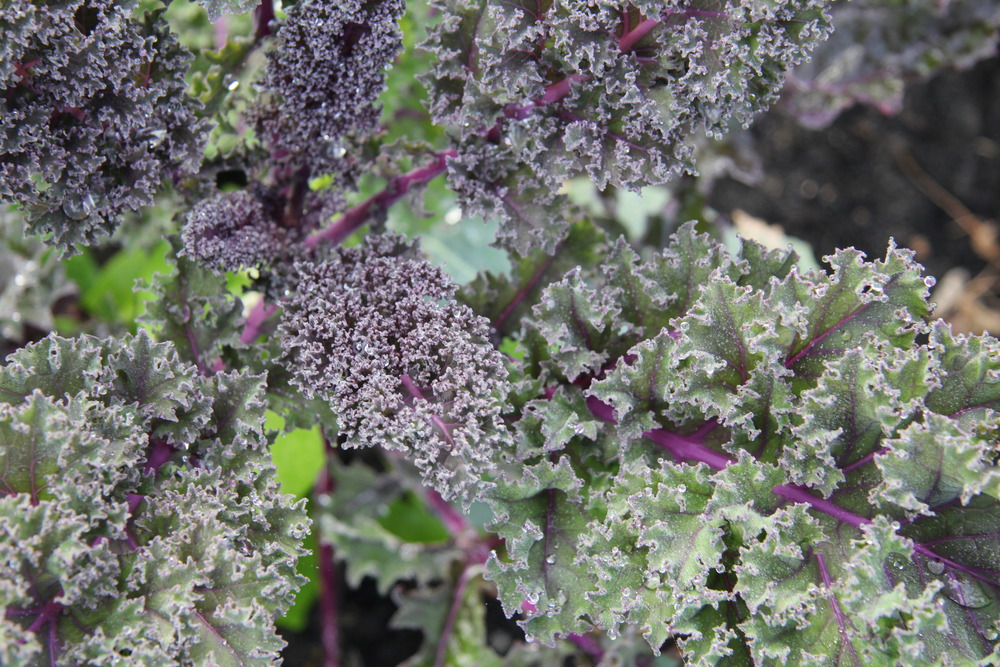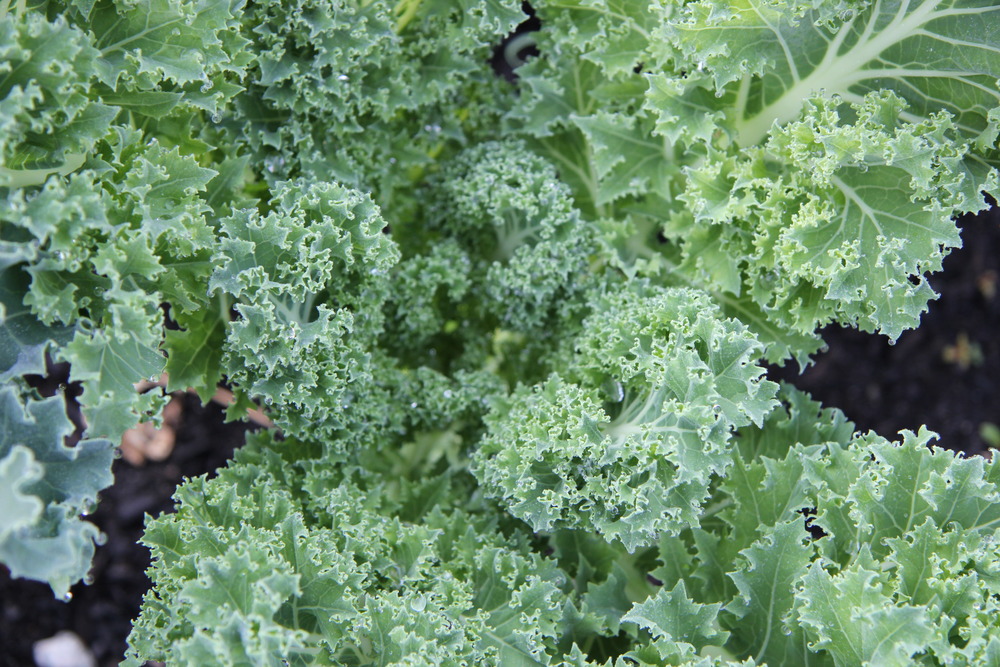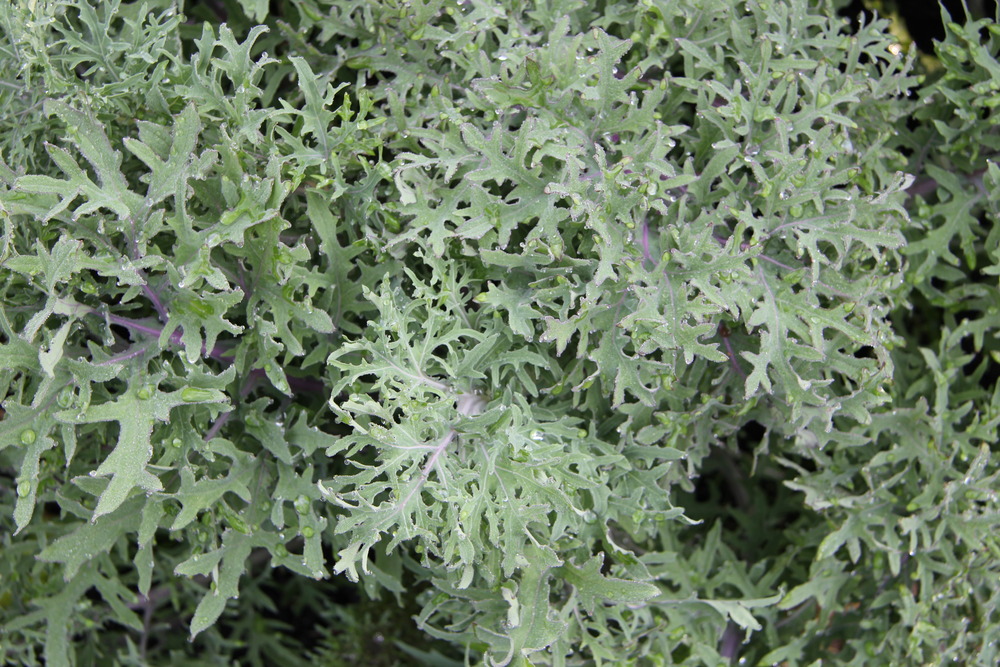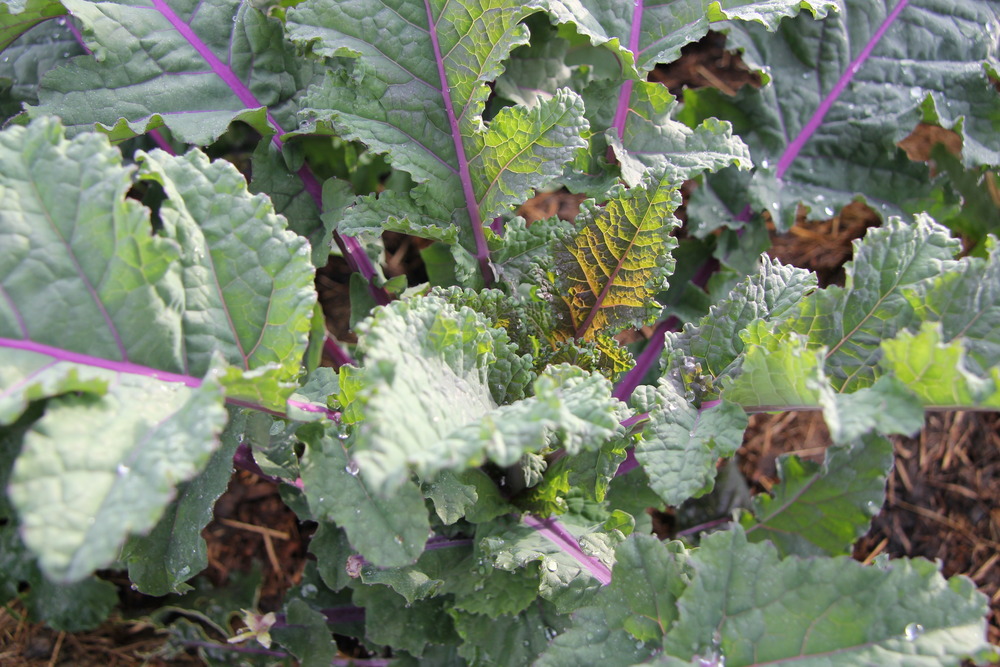Photo: Red Russian Kale
All of us here on the farm LOVE kale. I’m pretty sure it’s safe to say that we eat it every day while we have it growing in the garden. Last summer was the first time we really started paying attention to kale. We grew some and fell in love with it. It was the first time I’d ever eaten it raw in salads and once I started, I couldn’t stop.
Kale is a superfood. It is incredibly nutritious. It is low in calories, has zero fat and is high in fibre. Per calorie, kale has more iron than beef and more calcium than milk. It is high in vitamins K, A, and C, is great for cardiovascular health, has anti-inflammatory properties, and is a great detox food. It also tastes delicious. Like I said, a superfood.
For us west coasters, kale is also very easy to grow. If you haven’t tried growing any and you have some garden space, I recommend it. Plant some seeds now and you’ll have kale through the fall and winter (it gets sweeter after it’s hit by frost!).
Because of our success with kale last summer, we made a point of planting A LOT of it this year. We are currently growing six different varieties and plan on adding a few other varieties for our winter crop. Starting this Saturday, after requests from market customers, we will be selling mixed bunches of kale in addition to single-variety bunches at our market booth. If you’re curious about trying and comparing different varieties, come by and grab one of our mixes!
If you haven’t eating much kale and aren’t sure what to do with it, here are some suggestions:
1) Eat it raw in salads: This is how we eat it the most. We throw it into every salad we make, including quinoa and other grain salads. My go-to blog for kale recipes is www.rawlawyer.com. Faye blogs about raw, vegan eating and kale shows up a lot in her recipe reviews. Check out her Best Kale Salad Ever! review.
2) Make kale chips: Way healthier than potato chips and addictively delicious. Chris and I daydream about buying a high quality food dehydrator to make raw kale chips (we treat ourselves to packs of these from health food stores once in awhile – SO good!). In the meantime, all of us here at the farm bake kale chips in the oven. Watch Julie show you how to make DIY kale chips in this video we filmed last summer. Easy peasy!
3) Add it to your smoothies: I do this every morning. If you don’t love the flavor of kale, this is a great way to get all the benefits while toning down the taste by adding berries, bananas and whatever else you like in your smoothies. A great way to start the day.
4) Cook it: This is something I don’t have a lot of experience with since I almost always eat my kale raw. However, I have heard that it’s delicious steamed or lightly sautéed. My mom emailed me this morning to say that she tossed some of our kale in a veggie stew she made last night and that it was delicious.
Tip: When picked young, kale leaves can be eaten as is. As they get older, they get tougher so you’ll want to massage the leaves before you throw them in a salad for easier digestion. All of the kale leaves we sell at the market are still young and tender, but a lot of what you see in the grocery store could probably use a massage. 30-60 seconds for each leaf should be enough. Also, most people prefer to slice out the stem that runs up the middle of the leaf. We eat them because we’ve become accustomed to their fibrous quality, but if you’re new to kale, you may want to try nibbling the stems in small batches before tossing them in a salad (I throw the stems in my smoothies for extra blended goodness).
Photos of our different farm varieties of kale posted below. I forgot to reset the white balance on my camera so these are all showing up a lot paler than they really are. Much more vibrant green in person! Swing by our Farm for Life booth between 9-2 on Saturday at the Haney Farmers Market if you want to try a freshly-harvested mix :)
Lacinato
Redbor
Dwarf Blue Curly
Laurel’s Frilly
Rainbow Lacinato
